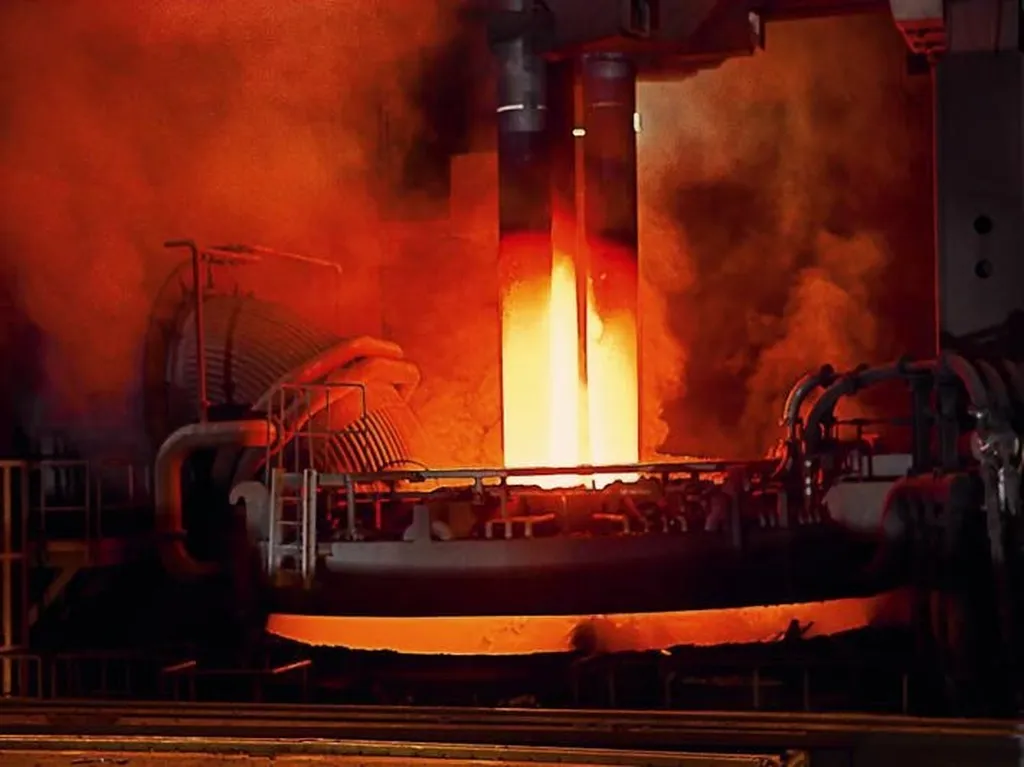In the ever-evolving landscape of material science, a recent study has shed light on the intricate world of carbon materials, offering insights that could significantly impact the energy sector. Anant Babu Marahatta, from the Research and Innovation Unit, has published a comprehensive assessment of variably graphitized carbon materials in the journal *Advances in Materials Science and Engineering*, which translates to *Advances in Materials Science and Engineering* in English.
Marahatta’s research delves into the unique properties of carbon materials, focusing on their internal graphitic heterogeneity, percentage crystallinity, and degree of graphitization. These factors, along with structural deformations and crystallographic defects, play a crucial role in determining the applicability of these materials in industrial settings.
The study examines a range of carbon materials, including activated carbon (AC) and four types of carbon blacks (CBs), each subjected to different temperatures during their manufacturing process. The findings reveal that the low-temperature amorphous AC material exhibits the poorest microstructural graphitic domains compared to the CBs. This discovery underscores the importance of understanding the microstructural differences among carbon materials to optimize their use in various applications.
Marahatta’s in-depth analysis of the intensity ratio of the D- and G-bands in these materials provides valuable insights into their variable percentage crystallinity, degree of graphitization, and defect quantity. “The contrasting morphological textures and basal plane and edge plane ratios observed in these materials highlight the need for tailored approaches in their industrial applications,” Marahatta explains.
One of the most significant findings is the superior functional qualifications of CB4, which exhibits a crystallite size of 9.2 nm. This material’s weakly cross-linked, compactly aligned yet highly parallel crystallite phase matrices make it a promising candidate for high-performance applications in the energy sector.
The implications of this research are far-reaching. By understanding the unique properties of different carbon materials, industries can develop more efficient and effective products. For instance, in the energy sector, the use of high-quality carbon materials can enhance the performance of batteries, supercapacitors, and fuel cells, leading to more sustainable and reliable energy solutions.
Marahatta believes that this article presents a thorough Raman profile assessing schemes indispensable to probe the generic qualifications of a wide range of carbon materials efficacious in diverse industrial areas. As the world continues to seek innovative solutions to its energy challenges, this research offers a glimpse into the future of material science and its potential to shape the energy sector.

